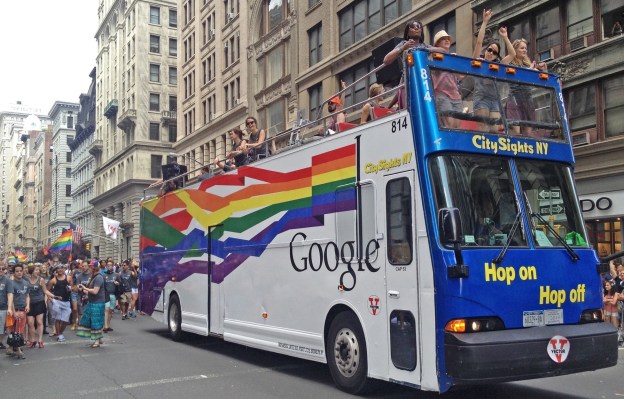A lot of the conversation about diversity in tech revolves mostly around the lack of women and minorities. But diversity is much more complex than that.
It’s not just about increasing the number of women in tech. Nor is it just about increasing the number of blacks and other racial minorities at tech companies. It’s also about age, gender identity and expression, sexual orientation and preferences, marital status, physical and mental disabilities, veteran status, socio-economic status, religion and even height and weight. And many of those groups fall into protected classes, which means it’s illegal to discriminate against them.
In short, a diverse workforce encompasses a wide variety of people. So why is it that so many tech companies seem to only focus on women and minorities in their reports? It’s definitely a start, but it should not be the end goal of diversification.
Facebook’s latest diversity report says, “It’s vital for us to have a broad range of perspectives, including people of different genders, races, ages, sexual orientations, characteristics and points of view.”
But, the report only shows numbers around the company’s gender and ethnic makeup.
The reported numbers are abysmal in terms of diversity, but most of you probably know that by now. In case you don’t, here are the two big ones: Facebook’s workforce is 55 percent white and 68 percent male.
Over at Google, another tech company that only reports data around gender and ethnicity, the workforce is 70 percent male and 60 percent white.
The type of data tech companies report around diversity needs to change, and people are finally starting to talk about it publicly.
Thanks to #RealDiversityNumbers, a hashtag started by Slack engineer Erica Joy Baker, more people are discussing the aspects of diversity that some tech companies seem to ignore. [H/T to USA TODAY’s Jessica Guynn.]
So, as tech companies try to increase diversity, they need to understand that addressing the lack of diversity issues is more complex than simply increasing the number of women and minorities. A truly diverse company would have employees from all types of socio-economic backgrounds, gender identities and ethnicities. And then some.
